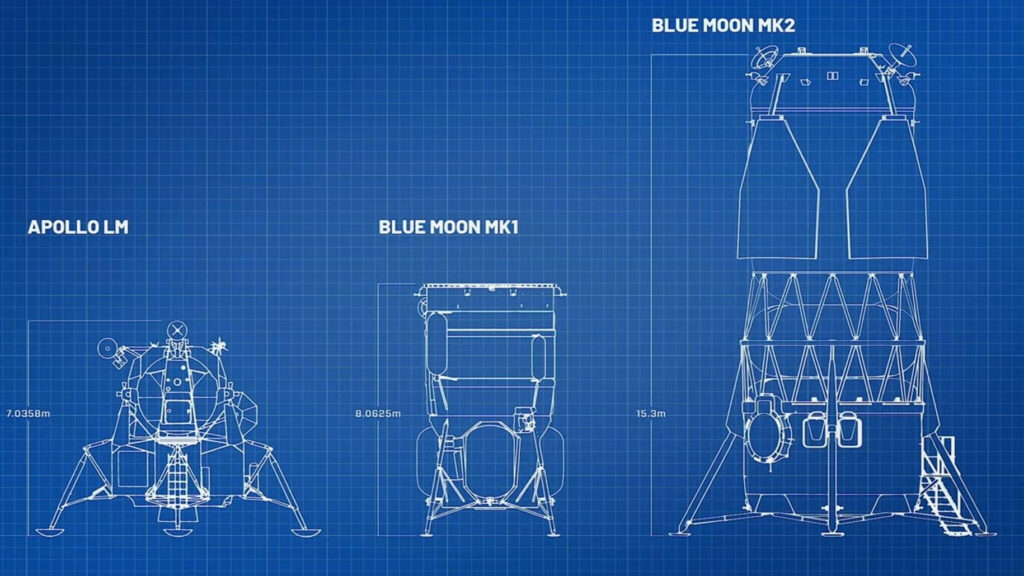China’s last space launch of 2022, which lifted off on Thursday (Dec. 29), has prompted a warning of falling rocket space debris from the Philippine Space Agency.
A Chinese Long March 3B rocket launched from the Xichang Satellite Launch Center Thursday carrying the Shiyan-10 02 satellite to be used for in-orbit verification of new space technologies, such as space environment monitoring.
Related: The 12 biggest rocket failures of 2022

Unburned rocket debris
After the launch, the Philippine Space Agency (PhilSA) recommended “precautionary measures related to expected unburned debris from the Long March 3B rocket” in a statement (opens in new tab).
PhilSA officials issued the advisory to all relevant government agencies on the estimated drop zone area and proposed the issuance of appropriate warnings on air and marine access. The launch vehicle leftovers, such as the rocket boosters and payload fairing, were projected to fall within a drop zone area located within the vicinity of Recto bank.
“While not projected to fall on land features or inhabited areas within the Philippine territory, falling debris poses danger and potential risk to ships, aircraft, fishing boats, and other vessels that will pass through the drop zone,” according to a PhilSA statement.
Related: The biggest spacecraft to fall uncontrolled from space

The actual drop zone area, PhilSA added, may change because of various factors such as the Earth’s rotation, weather and climate conditions.
“There is also a possibility for the debris to float around the area and wash toward nearby coasts. Furthermore, the possibility of an uncontrolled re-entry to the atmosphere of the rocket’s upper stages returning from outer space cannot be ruled out at this time,” PhilSA stated.
PhilSA reiterated its earlier public advisory to immediately inform local authorities if suspected debris is sighted. PhilSA also cautioned the public against retrieving or coming in close contact with these materials that may contain remnants of toxic substances such as rocket fuel.
China’s Long March 3B launch on Thursday was the country’s second launch of the week.
On Tuesday (Dec. 27), the country launched Gaofen-11 04 satellite from the Taiyuan Satellite Launch Center. Gaofen-11 04 is an Earth-observation satellite designed to be used for “land resources surveying, urban planning, road network design, crop yield estimation and disaster relief,” according to China Central Television.
Leonard David is author of the book “Moon Rush: The New Space Race (opens in new tab),” published by National Geographic in May 2019. A longtime writer for Space.com, David has been reporting on the space industry for more than five decades.Follow us on Twitter @Spacedotcom or on Facebook (opens in new tab).


